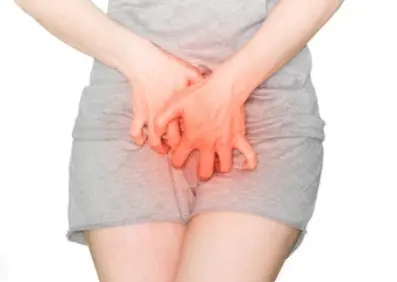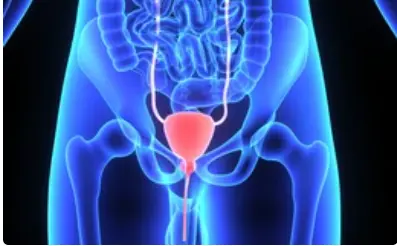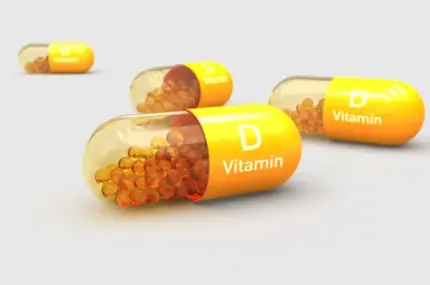 Welcome
Welcome
“May all be happy, may all be healed, may all be at peace and may no one ever suffer."
Grazes - Generics
A graze is a minor injury to the skin that occurs when the skin is rubbed or scraped against a rough surface, such as pavement or a rough wall. Grazes are also known as abrasions and are characterized by a loss of the skin's surface layer, which exposes the underlying tissue. Grazes can occur anywhere on the body, but are most common on the knees, elbows, and hands.
The symptoms of a graze include pain, bleeding, swelling, and redness at the site of the injury. Depending on the severity of the graze, it may also form a scab as the body works to heal the injury.
The treatment for a graze involves cleaning the affected area to prevent infection and covering the wound with a sterile dressing or bandage. Over-the-counter pain relievers can be used to manage any pain associated with the injury. It is important to keep the graze clean and dry, and to change the dressing regularly to prevent infection.
Most grazes heal within a few days to a week, but larger or more severe grazes may take longer to heal. If the graze is deep or shows signs of infection, such as redness, swelling, or pus, it is important to seek medical attention.

Vaginal candidiasis / Thr...

UTI

Iron deficiency

Keratoconjunctivitis

Osmotic laxative

Iron Folic acid and zinc...

Juvenile idiopathic arthr...

Gastric ulcer
Grazes, গ্রেজস
To be happy, beautiful, healthy, wealthy, hale and long-lived stay with DM3S.